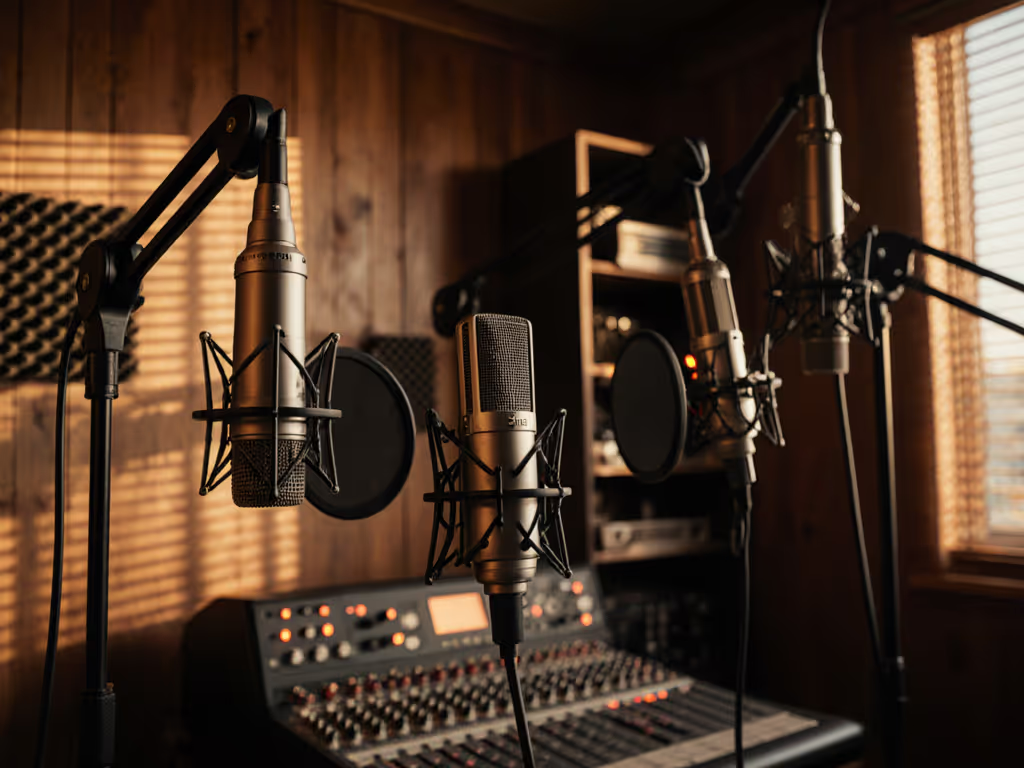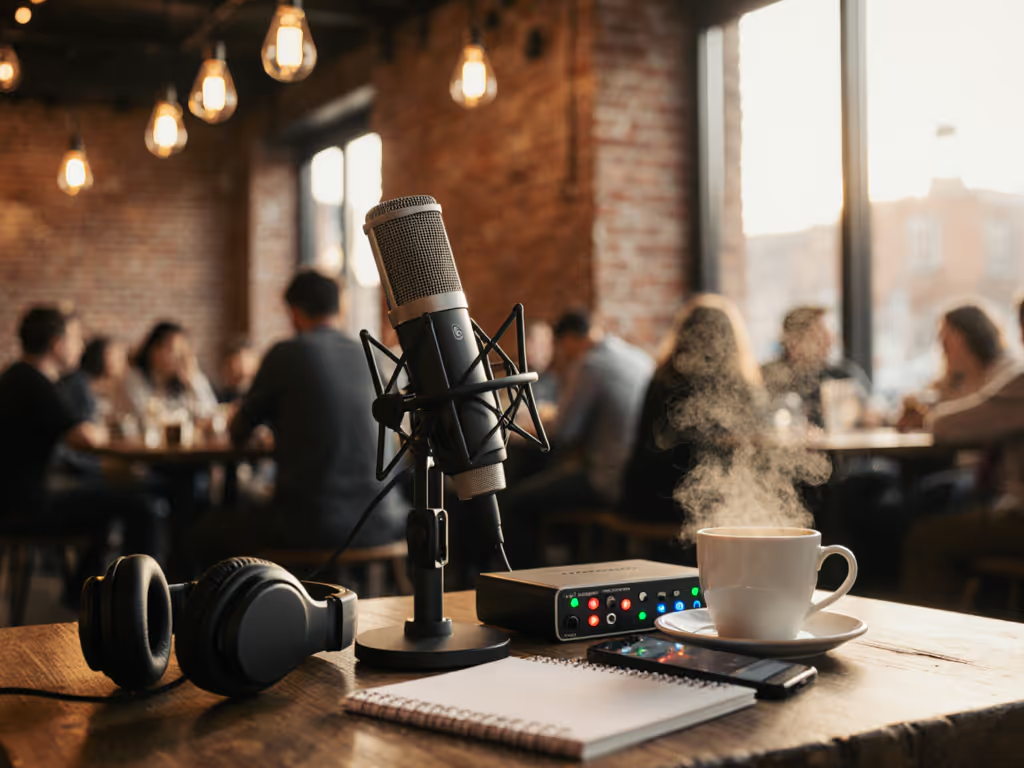
Professional Podcast Mics: Narrative vs Interview Guide
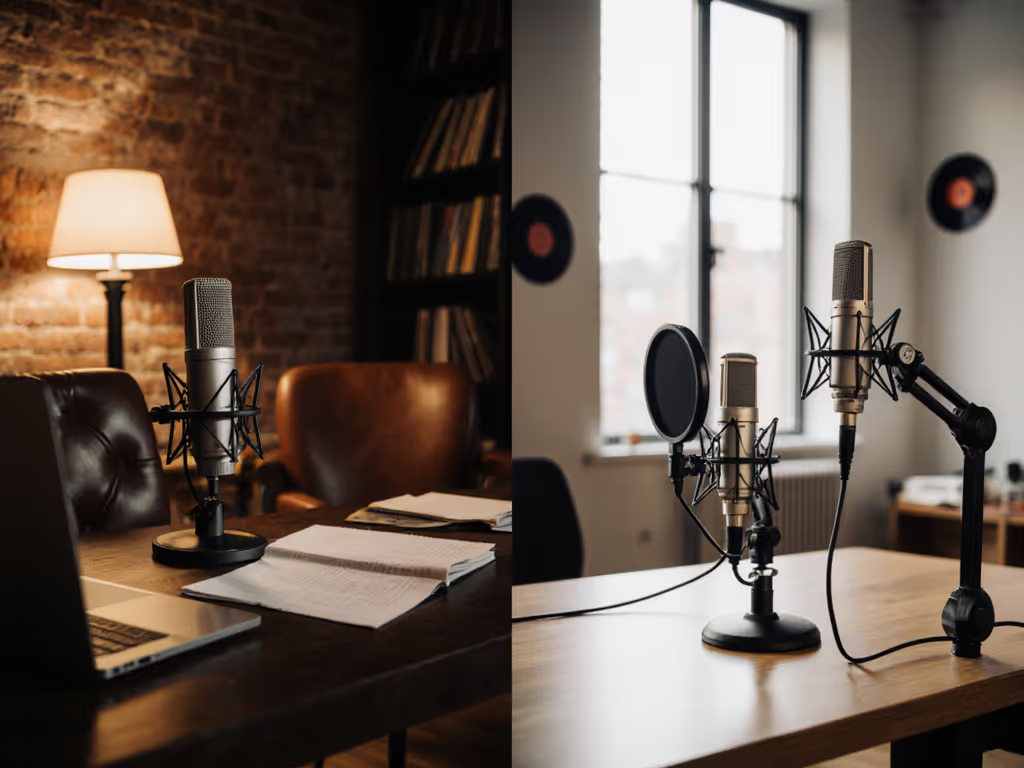
Choosing your professional podcast microphone and designing your studio podcast setup shouldn't feel like navigating a minefield. If you're wrestling with echoey rooms, unpredictable guest audio, or buyer's regret after hyped gear underperforms in your actual space, you're not alone. This guide cuts through the noise with real-room strategies for two core formats: intimate storytelling and multi-voice interviews. We'll decode polar patterns, zero-post techniques, and upgrade paths that preserve your sanity and budget.
What's the Core Difference Between Dynamic and Condenser Mics for Real-Room Podcasting?
Dynamic mics (like the Shure SM7B or Rode PodMic) handle untreated spaces best. Their lower sensitivity rejects background noise and room echo by default, which is crucial when your "studio" shares walls with HVAC systems or street traffic. If noise rejection is your top priority, see our quiet-room mic selection guide. Condensers (like the Neumann TLM 103) capture richer vocal nuance but amplify every faucet drip and keystroke.
Use this rule: If your recording space lacks acoustic treatment, start with a dynamic.
| Dynamic Mics | Condenser Mics | |
|---|---|---|
| Best For | Untreated rooms, noisy environments | Sound-treated spaces, detailed voice work |
| Off-Axis Rejection | High (ignores peripheral sounds) | Moderate to Low |
| Common Examples | Shure SM7B, Rode PodMic, Electro-Voice RE20 | Neumann TLM 103, Rode NT1 |
| Typical Cost | $100-$500 | $200-$1,200+ |
Sources: [1][3][5]
I Host a Solo Narrative Podcast. How Do I Get That 'Radio' Sound Without Pro Treatment?
Your voice carries the show, so audio consistency for storytelling is non-negotiable. For warmth and intimacy:
- Adopt dynamic mics: The Shure SM7B ($439) excels here. Its cardioid pattern focuses squarely on your voice while its built-in pop filter slashes plosives. Need more budget-friendly? The Rode PodMic ($98) delivers broadcast tone at one-fourth the cost
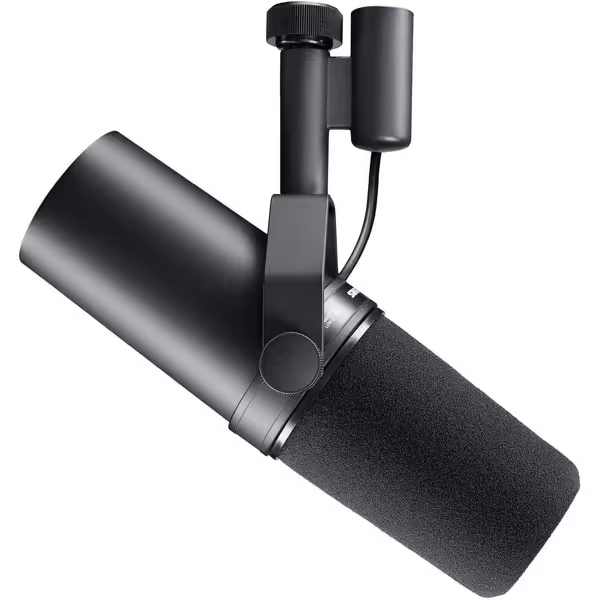
Shure SM7B Microphone
- Apply the fist-width rule: Position the mic one fist-width (3-4 inches) from your mouth, angled slightly off-axis. This combo minimizes breath noise while keeping your voice full.
- Enable direct monitoring: Hear your true sound through headphones without latency (no post-production "fixes" needed).
Why this works: Dynamics like the SM7B emphasize proximity effect (bass boost when close), creating that intimate, radio-style presence.
Related Articles

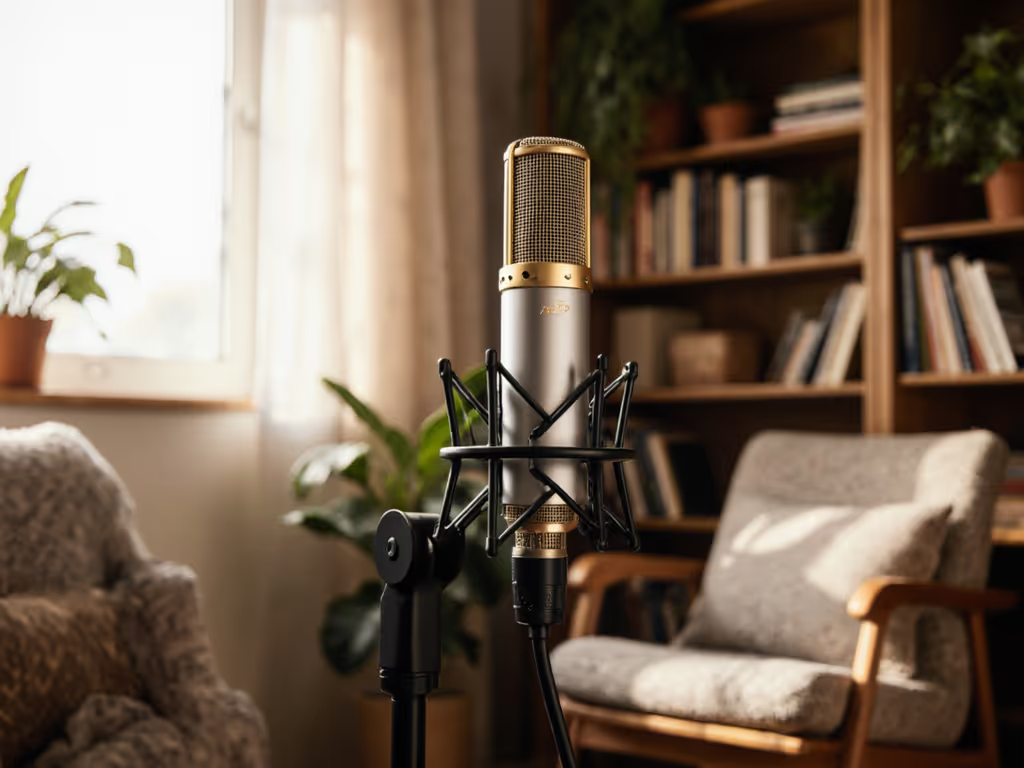
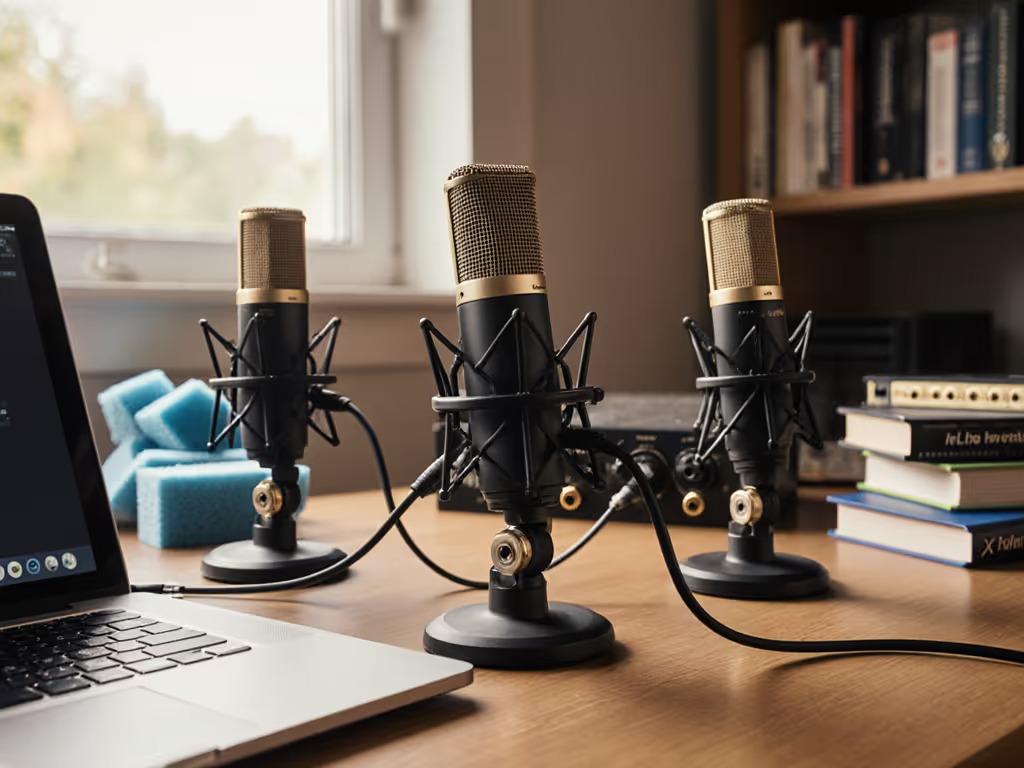
Best Podcast Mics: USB-XLR Hybrids Compared for Future Proofing
Data-driven tests in untreated rooms reveal which USB-XLR hybrid mics best reject background noise, keep self-noise low, and handle gain cleanly - so recordings sound clean without heavy post-processing. Use the picks to save editing time now and future-proof a setup with a smooth USB-to-XLR upgrade path.
